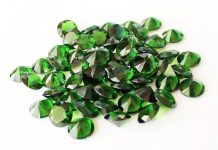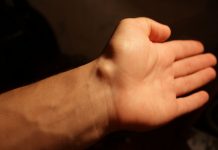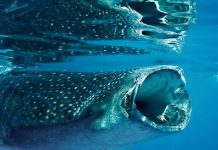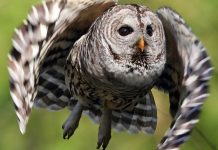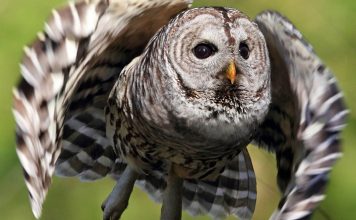In the world there are a huge number of living beings, meeting with which does not bode well. One of them are snakes. They occur absolutely on all continents except Antarctica. Which of them are the most dangerous, and who should beware?
Chaintail Tails Schlegel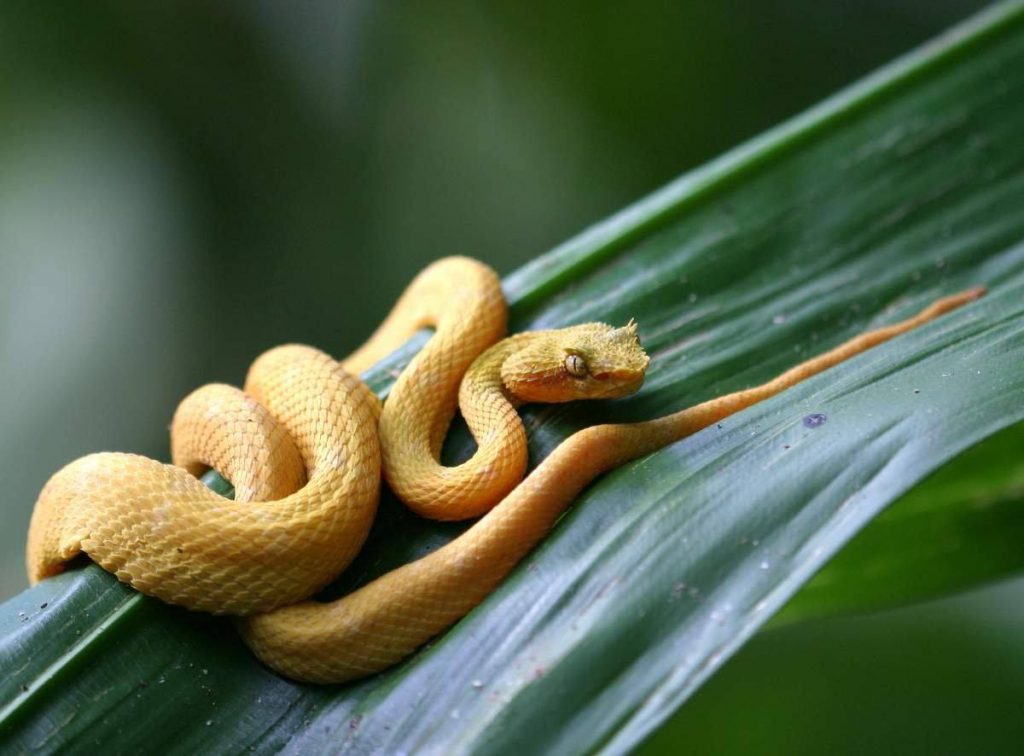
At first glance, this snake is ridiculous and even somewhat cute. However, its poison is very toxic and, when released into the blood, provokes the destruction of red blood cells and even blood vessels. The second name of this reptile is ciliate viper. It occurs mainly in the territory of Costa Rica, where every year at least 6 people die from its bites.
Bottrop is also common in South and Central America. In length, it grows to 60 cm. It feeds mainly on small rodents, hummingbirds and frogs. She does not specifically attack people. And can bite when he feels a potential danger from a person. But if she bites someone, then he will not be good. The bite site instantly swells up and starts to hurt very much.In addition, internal bleeding is not excluded, which is often the cause of death.
Black Mamba
This is one of the most dangerous snakes on the African continent. When attacking a victim, it becomes very accurate, and its poison is extremely toxic. The black mamba is able to move at a speed of about 20 km / h, which exceeds a person’s speed while running. Its main food is small rodents. This snake prefers to stay away from people. However, being driven back, it turns into a very dangerous creature and acts like lightning.
If a person who was bitten by a black mamba did not immediately provide the necessary assistance, then in 100% of cases death occurs. Scientists have already created an antidote for her bites. However, it should be entered as quickly as possible, since after a bite the lethal outcome may occur within 15 minutes.
White keffiye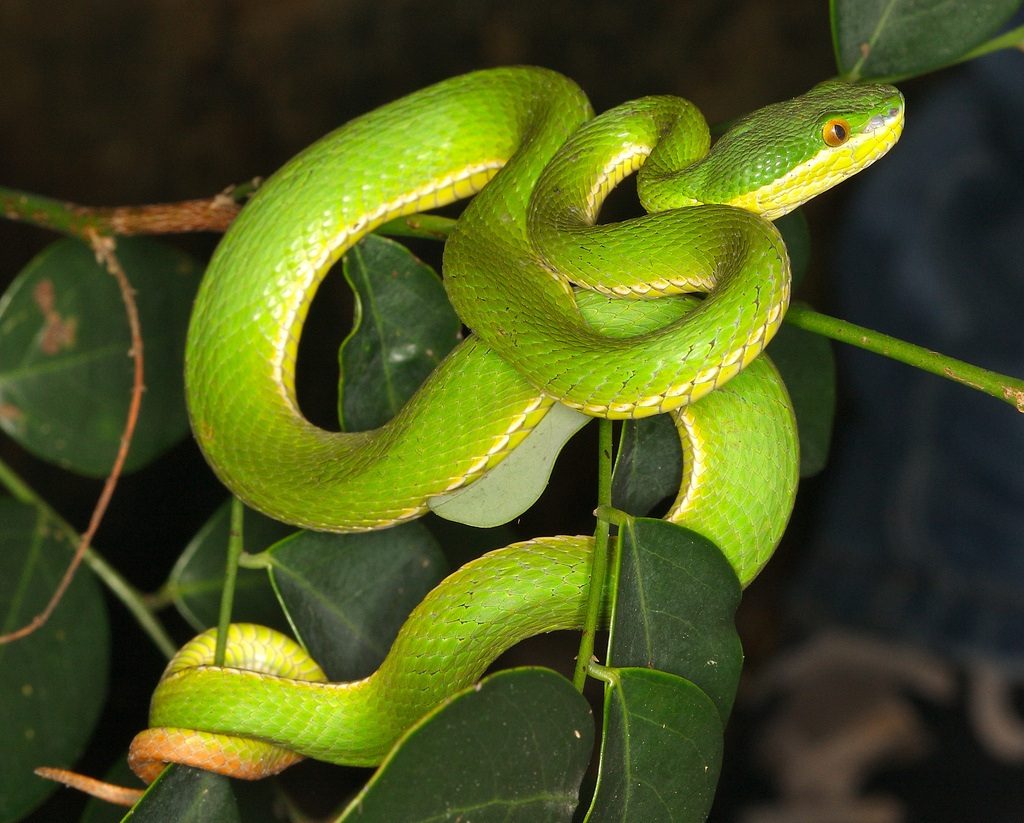
There is such a snake in China, India, Malaysia and a number of Indonesian islands. It dwells mainly on the trees, and on the ground it descends only in extreme cases. Males of the white-colored kufia can grow up to 61 cm in length, and females up to 82 cm. In the main, they feed on small mammals and amphibians, although they can have a snack and a lizard.
They are mainly found on the territory of bamboo thickets, tropical forests, in the floodplains of rivers and plantations. Although sometimes they are met near settlements. Instead of shelter, they use tree hollows, abandoned bird nests or burrow into foliage.
Their poison has a complex effect on the human body and has both a fibrionolytic and neuroparalytic effect. Death from such a bite is quite rare. And even there are people who give birth to them as a pet. However, meeting with such a snake in the wild can have weeping consequences.
Krayty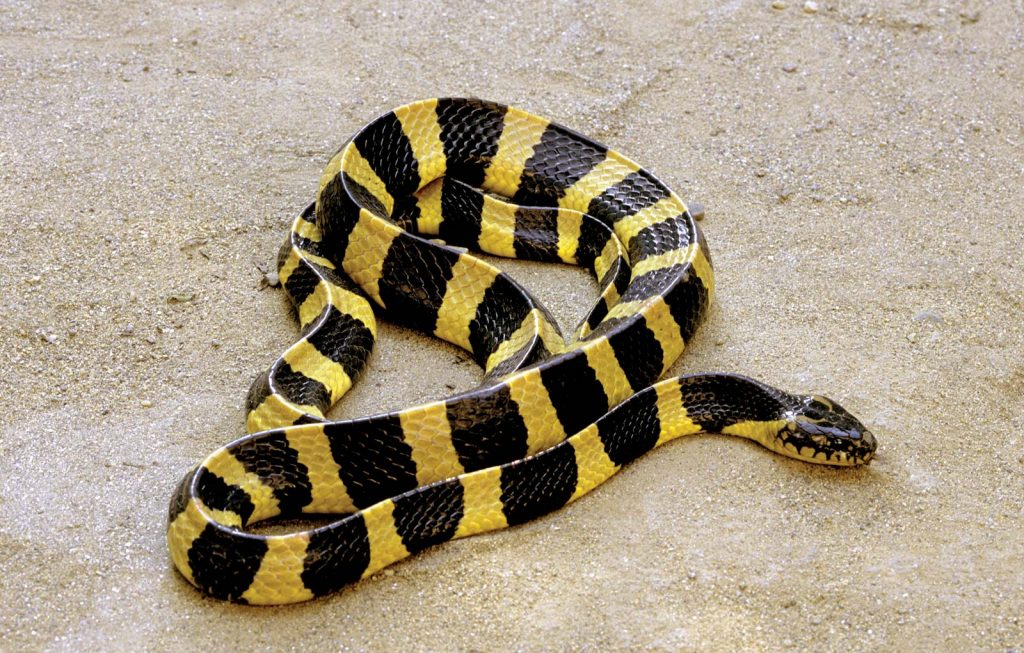
It turns out that the most dangerous snakes on the planet can look quite harmless and even attractive. A prime example is kites. The most dangerous of these is the yellow kite. The representatives of this species have very small teeth, but this cannot be called a virtue, since they live in such regions, where people always wear light clothing. They are found mainly in Australia, South Asia and the Malay Archipelago. They choose dry places as their shelter, but they can also penetrate people's homes.
On average, kites grow to 2 meters in length. They are fed with lizards, small mammals, amphibians and other snakes. They are active mainly in the dark. Just 1 dose of her poison will be enough to kill about 10 adults.
Net brown snake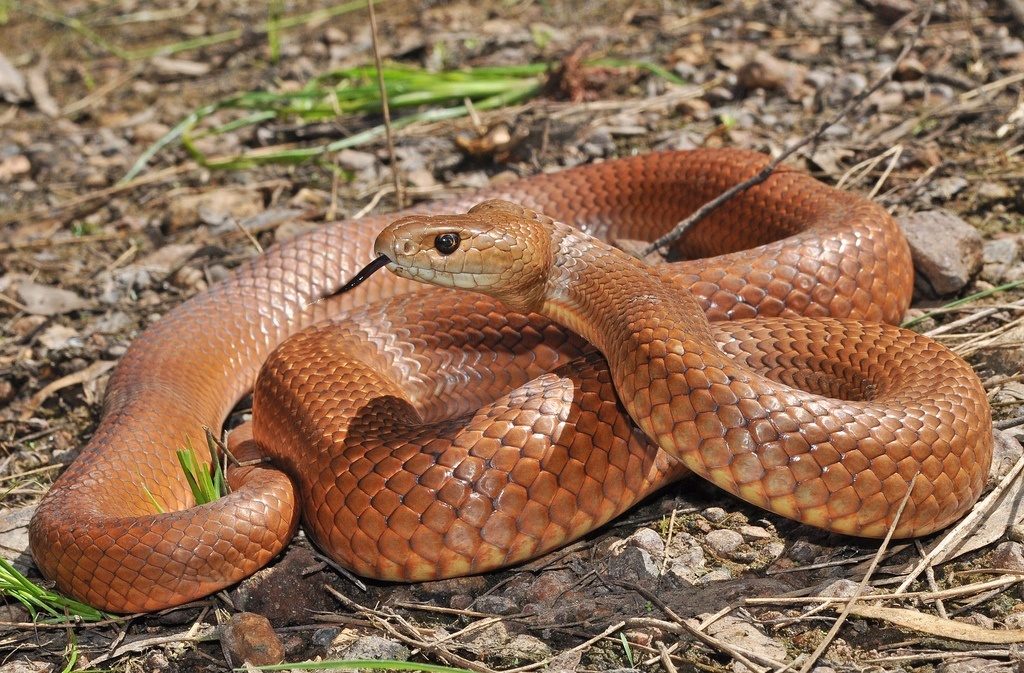
According to statistics, 80% of all cases of snake bites in Australia accounted for precisely this snake. Basically, they grow to 1.5 meters in length. The danger of reticular brown snake is that it predominantly exhibits activity during the daytime and releases poison, which contains anticoagulants and neurotoxins. Therefore, the whole body suffers from its bite, especially the kidneys and liver.
It usually attacks without warning. Often they are met on the outskirts of settlements, where they climb in search of prey, which for them are rodents.
African bumslang
This snake is found in some regions of Africa and lives in trees. An adult can reach 3 meters in length. Its poison is extremely toxic and when it enters the human body begins to instantly destroy its cells. Its main diet is birds and their eggs. Due to its lightning-fast reaction, boomsling is able to catch a flying bird.
Black cobra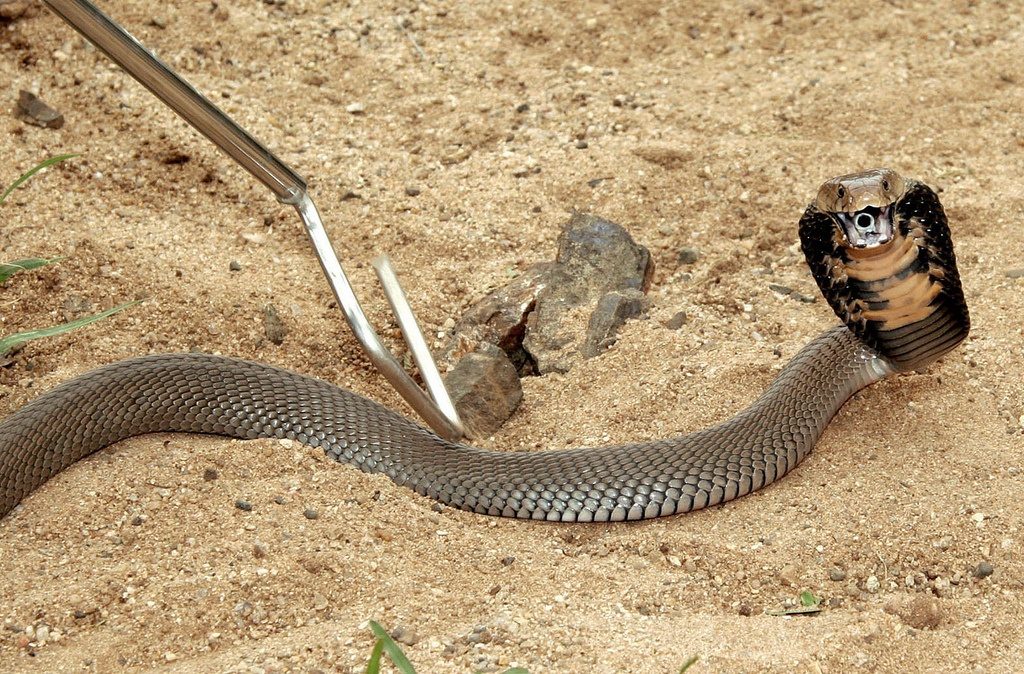
A feature of this snake has become its ability to spit its poison. There is a cobra in the African savannas. Its shade can be from light to dark brown, and the neck always has a black color. When confronted with a potential danger, the black-necked cobra rises and shoots a portion of its poison. In this case, up to 3.7 mg of toxin can be released at a time.When a cobra is frightened or agitated, it is capable of shooting poison up to 28 times. In this case, the target usually become the eyes of the victim.
Arizona apse
This type of snake belongs to small ones, since its body grows only up to 40 cm. It is covered with rings of white, red and black color, which alternate with each other. Usually they are not aggressive and at the appearance of danger they simply hide in the ground. At the same time, their tail collapses into a loop and remains outside, making sounds similar to claps. If at such a moment to grab her by the tail, then trouble for a person is guaranteed.
Her bite is practically painless, and the symptoms of intoxication do not occur earlier than 8 hours. If the victim does not enter the antidote in time, then paralysis of the muscle tissue begins, which can provoke cardiac arrest.
Taipan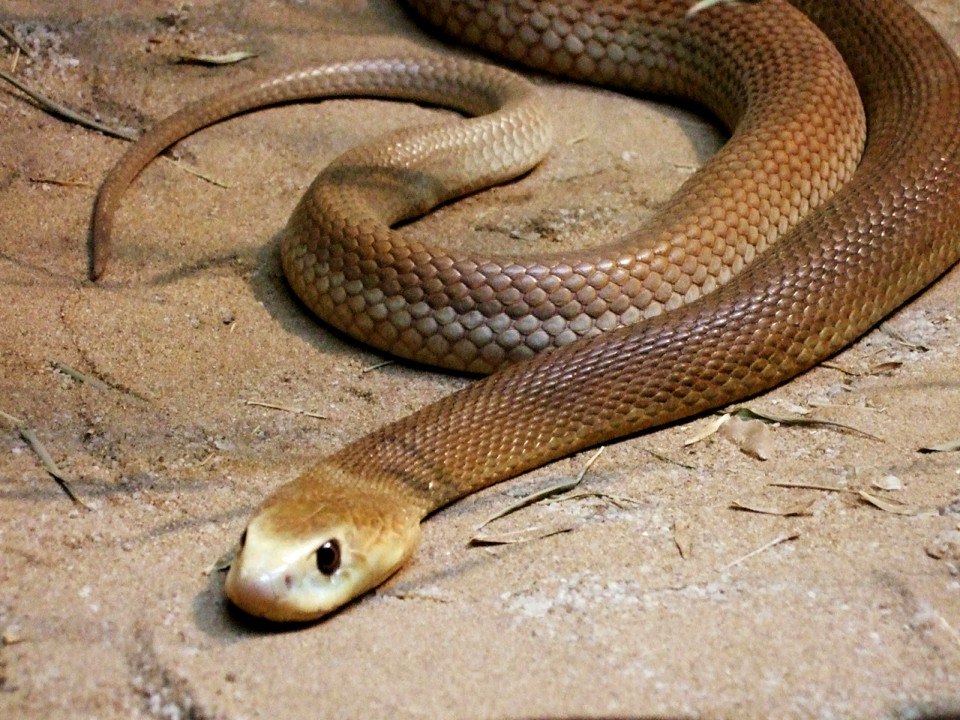
Taipan bite is quite dangerous and in those times when there was no antidote, about 90% of those bitten died. They live in Central Australia and feed on small mammals. The length of her body can reach 2 meters. A special feature of taypans is their ability to change body color depending on the season.
King Cobra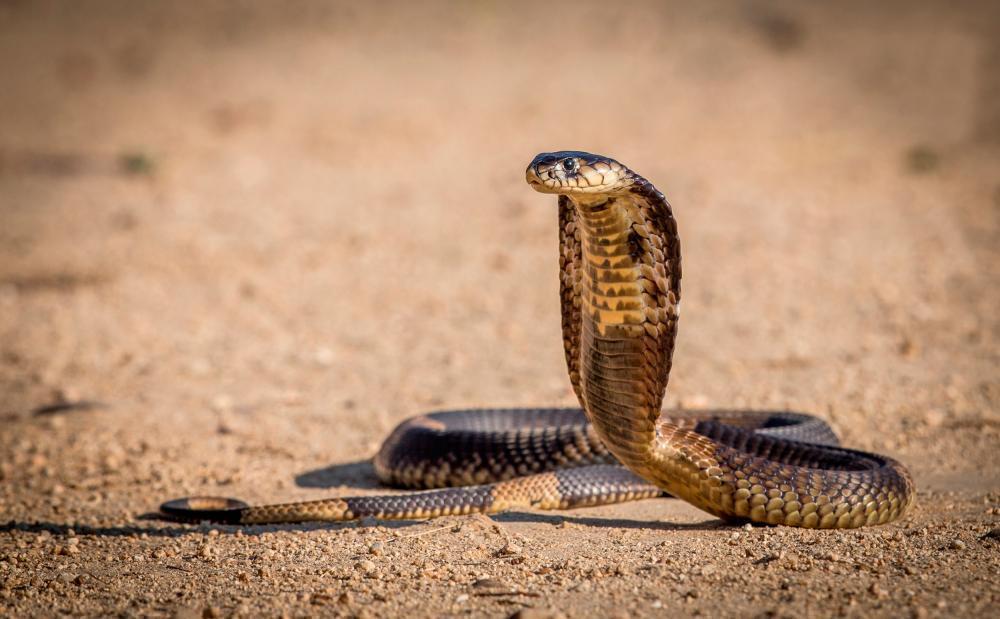
On average, the length of such a snake reaches 3-4 meters. She lives for about 30 years and continues to grow all the time. It feeds mainly on other snakes, and poisonous ones are no exception. With a bite, it can regulate the amount of venom excreted.
In the next video you can see the TOP-5, not only dangerous, but also the biggest snakes in the world.

























